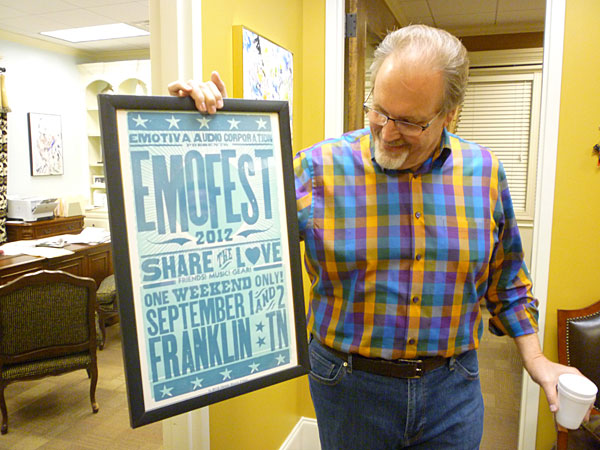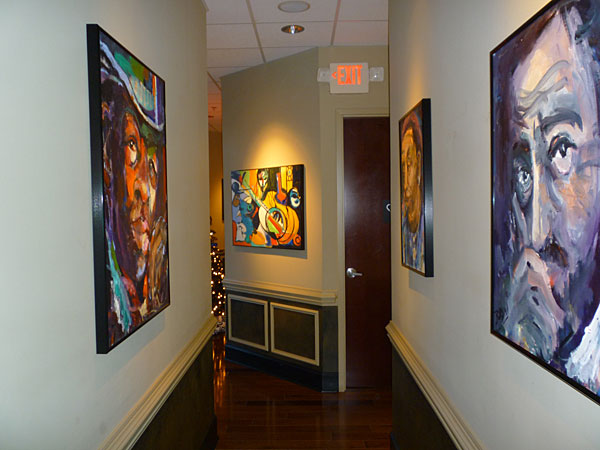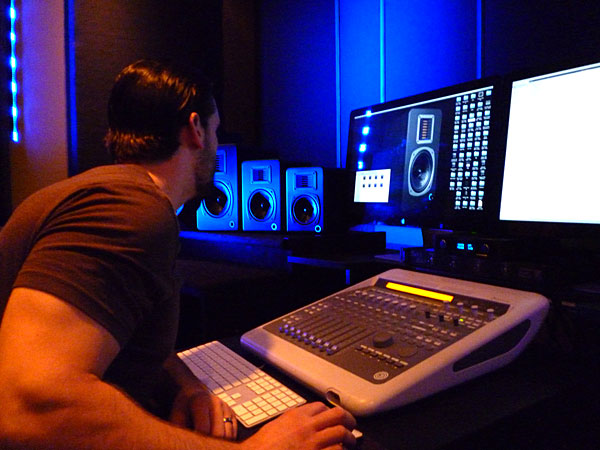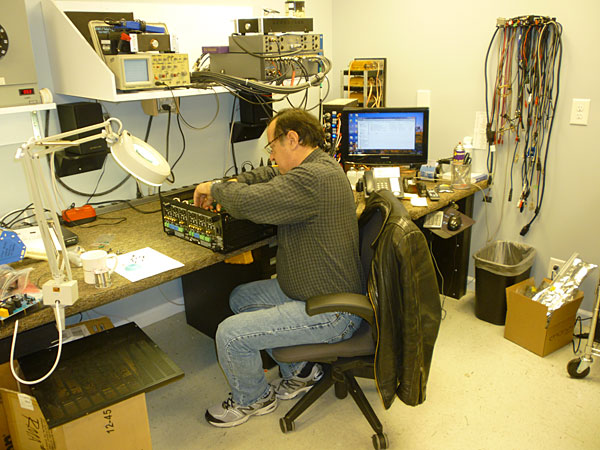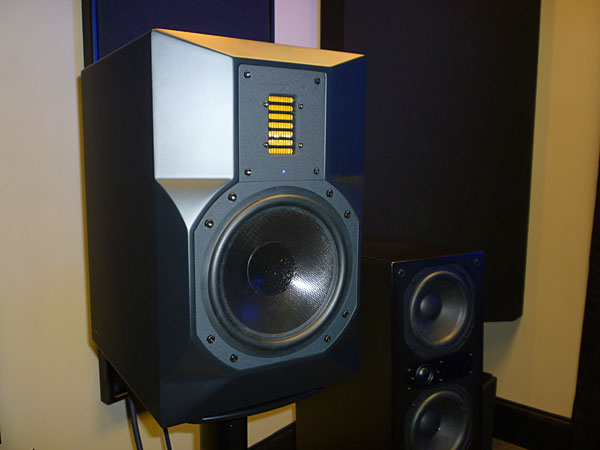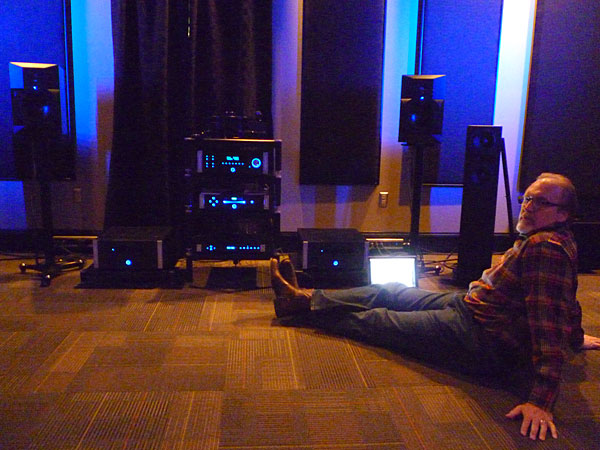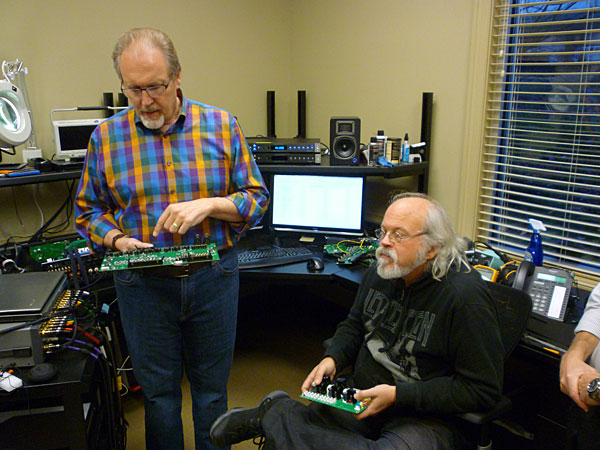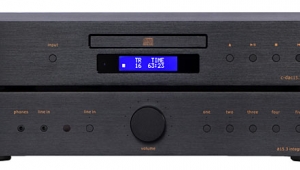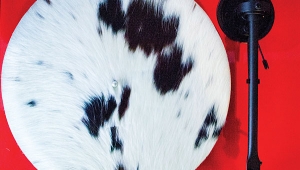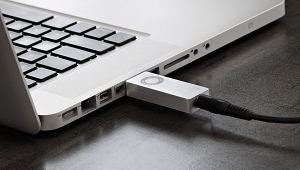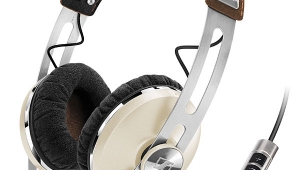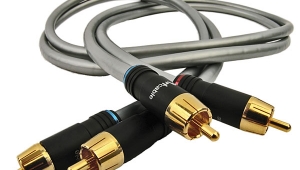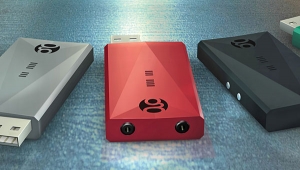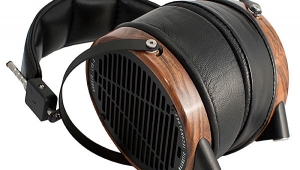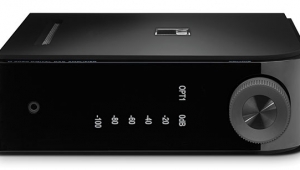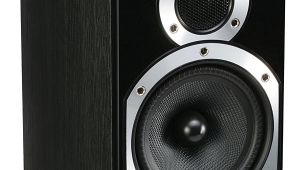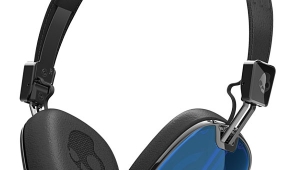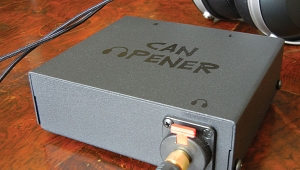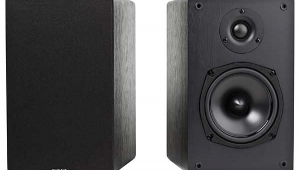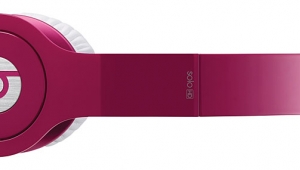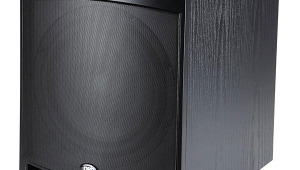| Columns Retired Columns & Blogs |
As if I didn't respect Emotiva enough...
I don't have kids or a mortgage either, but as a piss-poor college grad with a mountain of tuition debt to climb, this company has given me my first look into what a high-end system can sound like (at home), and I'll always remember them for that.
With their affordable high-current monoblocks, Emotiva has also made it possible for more entry level 'philes to build systems capable of properly driving Maggies. My MMG's are happy with my UPA-2 right now, and I'm sure the MG 1.7 will be happy with the XPA 1-L that has just been released.
